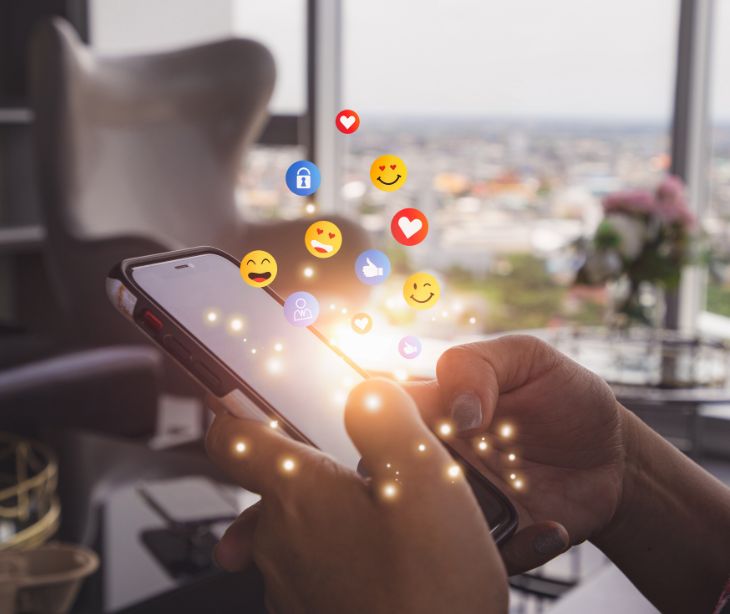2 min read
Overcoming language barriers in HIPAA compliant text messaging
Liyanda Tembani
September 09, 2023

Language barriers can often impede communication between healthcare providers and patients, leading to misunderstandings, misdiagnoses, and compromised patient care. There are strategies for addressing these challenges and enhancing patient outcomes when using text messaging.
Language barriers in text message communication
Text messaging can present difficulties when patients and healthcare professionals do not share a common language:
- Limited language space: Text messages have a character limit, which can restrict the amount of information conveyed. Patients with language barriers might struggle to succinctly express their symptoms or concerns within this limit, leading to incomplete or unclear messages.
- Complex medical terminology: Using complex medical terms in text messages can exacerbate the language barrier, making it difficult for patients to understand their conditions or treatment plans.
- Lack of nonverbal cues: Nonverbal cues can convey emotions and add context to the conversation, helping patients understand the sentiment behind the message. Without these cues, patients with language barriers might misinterpret the intention or emotion behind a text, leading to potential misunderstandings.
- Language variations: Language variations, including regional dialects, idioms, and slang, can complicate text message communication. Patients who speak the same language may still struggle to understand messages written in a different dialect or infused with unfamiliar idiomatic expressions.
- Autocorrect and misspellings: Autocorrect features in text messaging apps can unintentionally change words, resulting in messages that may not accurately convey the intended meaning. For patients with language barriers, autocorrect errors or misspellings can create confusion and hinder their ability to understand the message correctly.
Strategies for effective text message communication
- Use simple and clear language: Healthcare providers should use plain language and avoid medical jargon in text messages. Clear and straightforward messages are more likely to be understood by patients with language barriers. For instance, instead of using medical terms, explain conditions and treatment plans in layman's terms, ensuring patients can grasp the information.
- Concise messages: Keep text messages brief and to the point to prevent overwhelming patients with too much information. Shorter messages are easier to comprehend and respond to. For instance, appointment reminders and medication instructions can be effectively conveyed in concise texts.
- Use translation apps: These apps can instantly translate text messages into the patient's preferred language, facilitating effective communication. This technology allows healthcare providers to communicate with patients who speak various languages without human interpreters.
- Visual aids and emojis: Include visual aids and emojis to enhance understanding and convey emotions, which makes the messages more accessible and relatable to patients. For instance, using an emoji to express empathy or support can make the message more personal and comforting.
- Two-way communication: Encourage patients to respond to messages with questions or confirmation of understanding to foster a sense of engagement and ensure that information has been conveyed accurately.
Recommended practices for healthcare professionals
- HIPAA compliant messaging platforms: Select a HIPAA compliant text messaging platform designed for healthcare that adheres to HIPAA regulations.
- Obtain informed consent: Obtain informed consent explicitly stating that they are aware of the potential risks and agree to receive health-related information through text messages before using text messaging. This consent should include language options for patients to choose their preferred language.
- Anonymize patient data: Avoid including personally identifiable information (PII) such as full names, addresses, or social security numbers in text messages. Instead, use patient initials or other unique identifiers to maintain privacy.
- Set up security measures: Ensure that access to the text messaging platform is password protected, and only authorized personnel can access patient information. Implement multifactor authentication to add an extra layer of security.
- Language preference options: Offer patients the option to specify their preferred language for text message communication. Provide clear instructions on how to change language preferences if needed.
Language barriers need not impede effective communication when text messaging is used for healthcare communication. Healthcare professionals can create a more inclusive experience by understanding the challenges that may arise and implementing targeted strategies.
Subscribe to Paubox Weekly
Every Friday we'll bring you the most important news from Paubox. Our aim is to make you smarter, faster.



